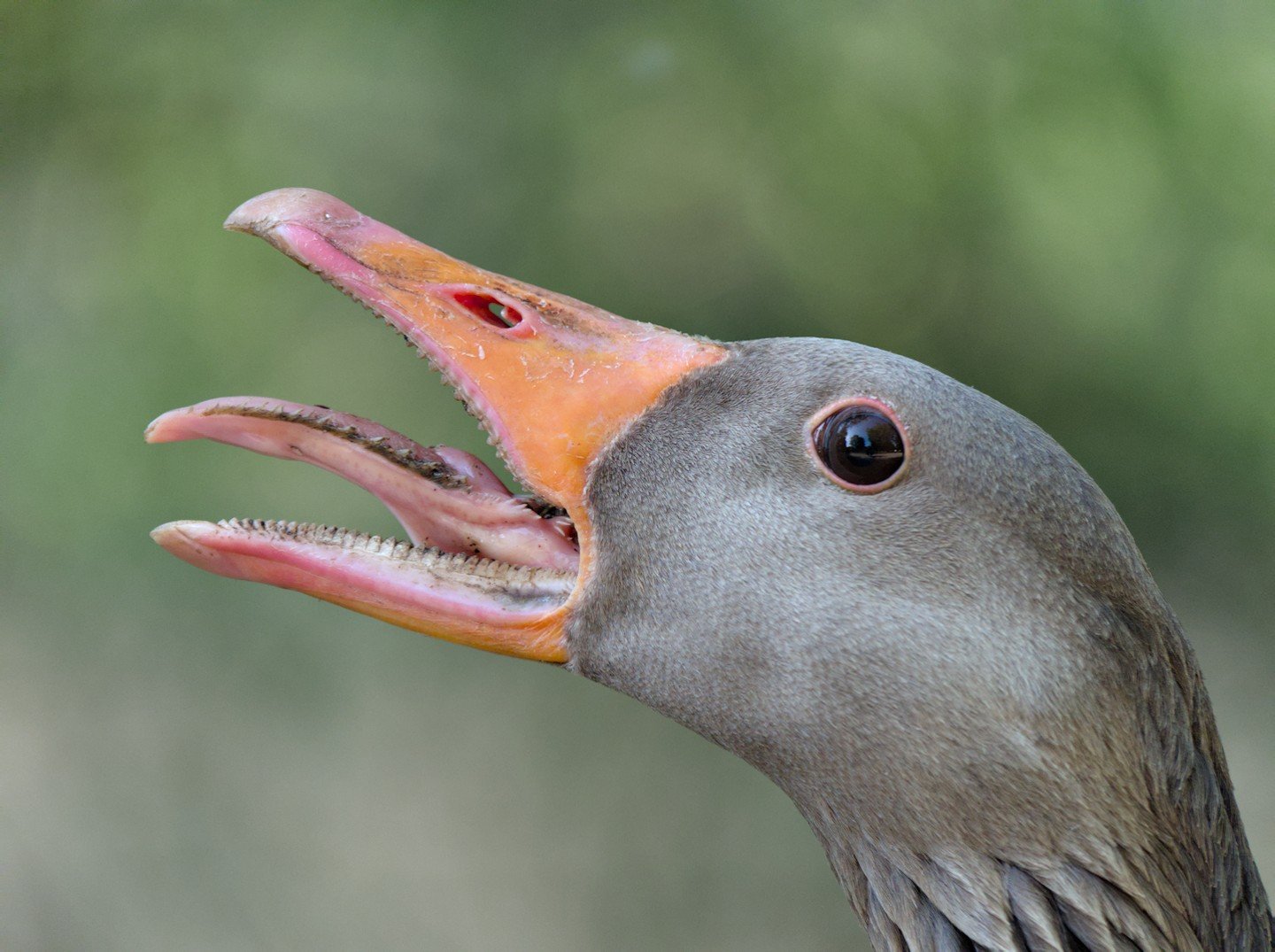
It isn’t a pipe; it’s a lens. 8 elements in 5 groups, and it has to be sharper than the average lens to minimize the impact on image quality since it’s doubling the size of any imperfections.
Simple tubes with electronic passthroughs let you focus closer, but do not directly magnify the image. Those cost $30 for cheap ones and $100 for fancy ones for your mount on Amazon.
If you want to let the other person edit the images, give them the raws. If you don’t, don’t.
In a commercial setting, photographers usually don’t because the editing is part of the service the client is paying for, and someone else’s edits might be substandard, or at least not reflect the photographer’s style.
No. Those are, in fact greylag geese.
It was pretty well-documented - here’s one source. Most of the manufacturers have some sort of limits or controls on third-party lenses, usually with patents that should have failed the obviousness test. I believe the state of the mirrorless ecosystem is:
Third-party AF lenses forbidden:
- Canon RF
Third-party lenses approved on a case-by-case basis:
- Fuji X
- Fuji GFX
- Nikon Z
Open (some may charge a license fee):
- Sony E
- Micro four-thirds
- L-mount
I agree on the smaller sensor. I’m not so sure about the R10 due to the closed lens ecosystem and the smaller format in a multiformat mount usually being a second-class citizen. It seems like Fuji is the only camera maker that really puts effort into its APSC system.
M43 is also particularly good at both macro and birds, with lightweight telephotos and high-magnification macro lenses - the new 90mm from Olympus has 2x magnification, or 4x with a teleconverter.
Being price-sensitive, I would suggest looking really hard at the lens ecosystem. Canon has blocked the production of third-party autofocus lenses for RF mount with legal threats, and the more desirable first-party options tend to be pricey. Nikon allows some third-party lenses on Z-mount, and Sony of course has a huge selection on E-mount.
Nikon has a somewhat comparable option in the Z5, but with Sony, the budget option is used. Both the A7 III and A9 are selling for a bit over $1000 on Ebay if you’re patient.


Pancake lenses (shorter than they are wide) for E-mount that cover a full frame sensor include: